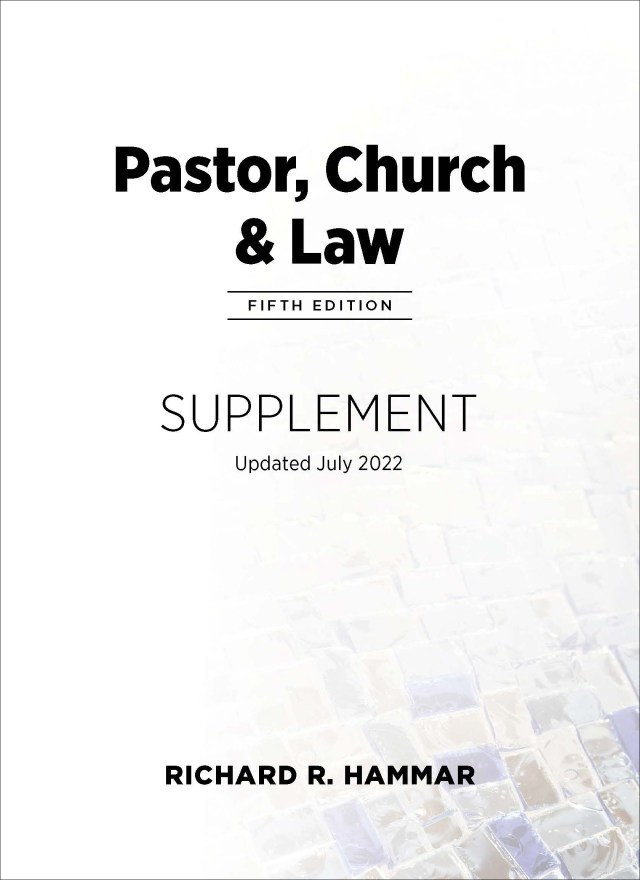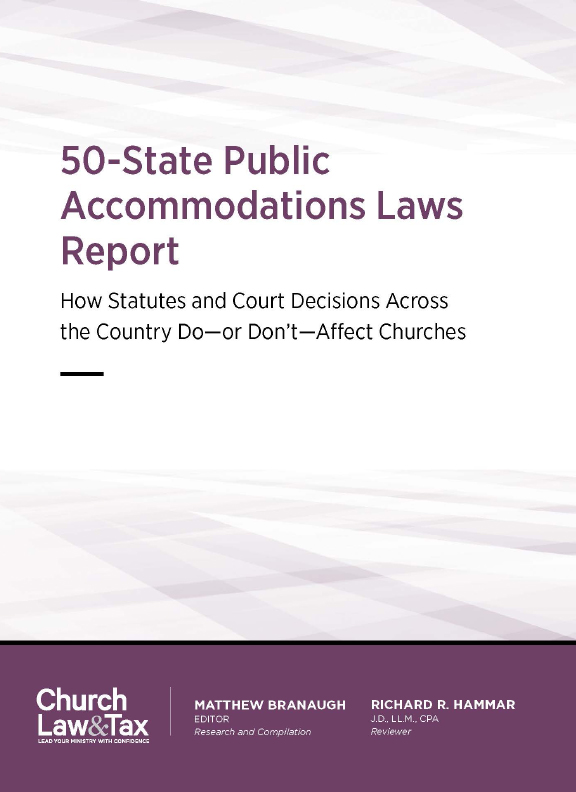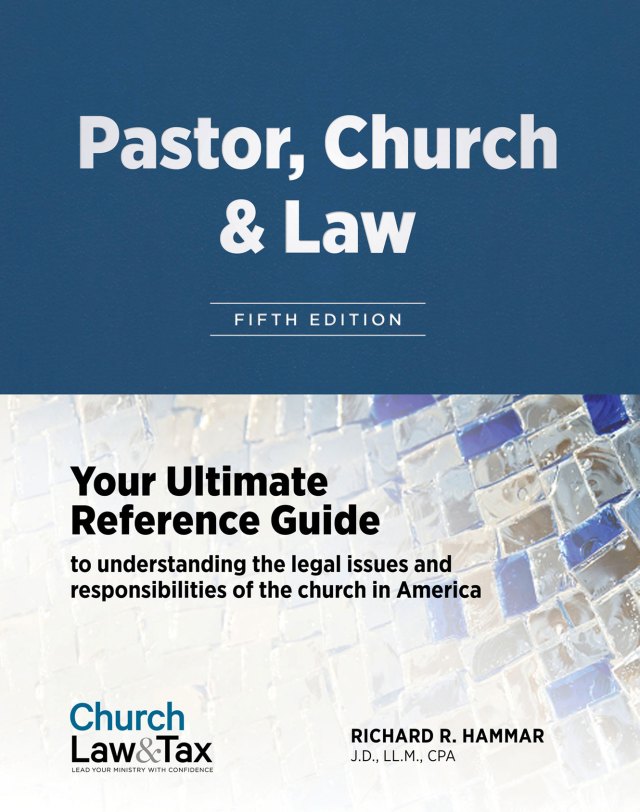The Boy Scouts of America (BSA) bankruptcy offers insights that can help inform church insurance decisions.
Several BSA insurers balked at the idea of defending or indemnifying BSA. Among the various reasons is the fact that the statute of limitations barred most of the victims’ claims. Because of this, the court’s decision in the Boy Scouts bankruptcy contemplated several key church insurance issues.
Our analysis reveals three key points for church leaders:
Permanently retain all insurance policies
May sex abuse claims involve incidents that occurred long ago. Therefore, it is entirely understandable that many churches cannot produce them.
However, church leaders should still work to ensure all insurance policies are retained permanently by the church.
Without a policy documenting coverage, an insurer is much less likely to pay for a legal defense. It is also less likely an insurer will pay toward an adverse judgment or settlement awarded to a plaintiff.
Richard Hammar found several other key takeaways for church leaders in the BSA bankruptcy ruling.
Church leaders do not want their church to bear sole responsibility of paying substantial legal fees incurred defending such claims.
Work with an insurance archeologist
Consider hiring an insurance archeologist if your church cannot find an insurance policy potentially applicable to an incident occurring long ago. An insurance archeologist has legal and forensic training and can find key elements of old (or discarded) insurance policies.
Understand coverages
Be familiar with the exclusions in a policy before purchasing it.
All policies exclude intentional or criminal acts. Therefore, a question often arises whether such an exclusion applies to sex abuse claims, which are both intentional and criminal.
Some insurance companies say that they do.
Sex abuse claims represent the most significant risk to churches. Therefore, it is imperative churches adequately insure themselves against potential claims. It is also wise to determine whether a church policy offers “claims-made” or “occurrence-based” coverage. Use this checklist to guide that process.
Review state mandatory reporting requirements
Another key step: Becoming aware of and familiar with state-specific mandatory reporting laws. These laws define how, when, and to which agency an incident of abuse must be reported. This downloadable .pdf offers state-by-state guidance along with important facts to help you understand abuse reporting laws.
Boy Scouts bankruptcy provides BSA’s insurance footprint
The bankruptcy court analyzed BSA’s insurance coverage dating back to the mid-1900s.
This is what the court found:
“BSA carried some form of primary and/or excess comprehensive general liability insurance in place covering abuse claims since at least 1935.
The terms of BSA’s policies vary over time and include policies that have a per occurrence limit, an aggregate limit or both.
For the years 1935 through most of 1971, and 1979 through approximately 1996, Insurance Company of North America (Century) issued primary insurance policies to BSA that also contained per occurrence limits, but no aggregate limits for abuse claims.
Beginning in 1969 and through 1982, in addition to primary coverage, BSA began to purchase excess insurance policies.
The vast majority of the excess policies provided per occurrence limits, but no aggregate limit.
Accordingly, once the underlying primary insurance is exhausted, the excess policies may need to pay the per occurrence limits numerous times without exhausting. Certain of the excess policies in these years have settled, but others are available to provide coverage.
Beginning in 1983, BSA insurance policies generally provide for aggregate limits applicable to abuse claims. BSA also began procuring significantly more excess insurance with higher aggregate limits.
From 1986 through 2018, BSA purchased primary and first-layer excess matching deductible policies that require BSA to pay or reimburse deductibles before excess coverage attaches over and above either a primary policy or a first-layer excess policy.
Also, from 1986 through 2018, BSA purchased multiple layers of excess insurance that, in most years, provide over $140 million in excess insurance coverage.
From 1983 forward, certain policies are exhausted, and certain insurers are insolvent, but there is $3.6 billion worth of available aggregated coverage, the actual value of which will not be known until all claims have hit the policies and been paid.”
Local Councils lacked coverage before 1971
Prior to 1971, Local Councils were not covered under BSA insurance policies.
“Beginning in 1971 through 1974, BSA gave Local Councils the ability to pay a premium to become an additional insured under BSA’s general commercial liability policies… . From 1975 through the end of 1977, all Local Councils were additional insureds under insurance policies issued to BSA.
Beginning in 1978 through the present, BSA implemented a General Liability Insurance Program by which all Local Councils were added as named insureds under insurance policies issued to BSA.”





